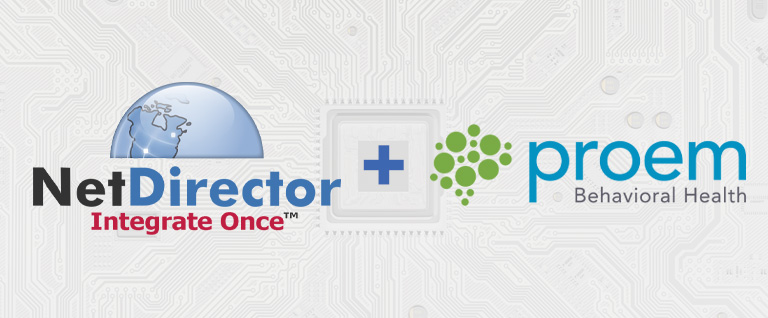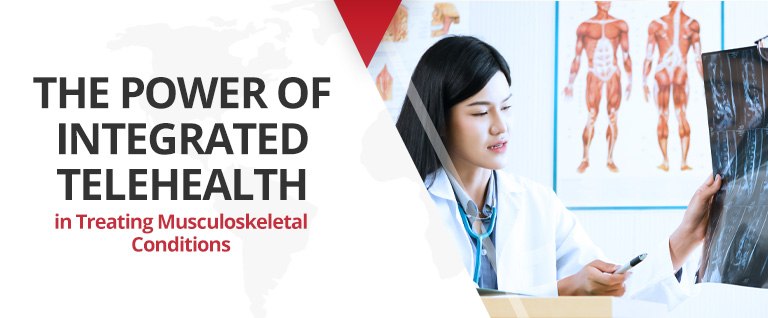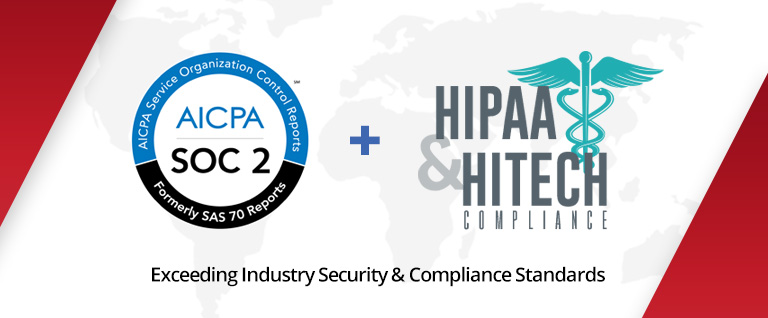 For the second year running, the data exchange standard known as FHIR (Fast Healthcare Interoperability Resources) grabbed headlines at HIMSS16, healthcare IT’s largest conference and exhibition. Federal agencies also took the opportunity to highlight interoperability initiatives during the show, which attracted more than 41,000 attendees to Las Vegas during the first week of March.
For the second year running, the data exchange standard known as FHIR (Fast Healthcare Interoperability Resources) grabbed headlines at HIMSS16, healthcare IT’s largest conference and exhibition. Federal agencies also took the opportunity to highlight interoperability initiatives during the show, which attracted more than 41,000 attendees to Las Vegas during the first week of March.
The Office of the National Coordinator for Health IT (ONC), which oversees certification of EHR systems and other health technology tools, announced the Connecting and Accelerating an FHIR App Ecosystem strategy. The effort encourages the development of FHIR-based, “market-ready” apps for consumers and providers through two competitive challenges and a funding opportunity with awards totaling $625,000.
ONC hopes the entries will help consumers aggregate health information in a centralized place under their control; make clinical workflows more intuitive, specialized and actionable for providers; and establish a “discovery site” that makes it easier for developers to publish their apps and for providers to compare them.
In another area of FHIR activity at HIMSS16, not-for-profit organization MITRE, which operates R&D centers sponsored by the federal government, announced an open-source testing tool designed to ensure accurate implementation of FHIR. The tool, called Crucible, provides an automated testing framework to make certain FHIR implementations are consistent and interoperable.
Information access pledge
ONC’s parent agency, the Department of Health and Human Services, also made a splash by securing commitments from EHR vendors and health systems to ensure that consumers have easy and secure access to their electronic health information; refrain from “information blocking” (defined as knowingly and unreasonably interfering with information sharing among providers); and implement federally recognized, national interoperability standards, policies, guidance and practices.
The EHR vendors agreeing to the pledge provide 90 percent of hospital EHR systems used across the country. Also participating are the nation’s five largest private health systems and more than a dozen healthcare provider, hospital, technology and consumer advocacy groups.
Connections beyond hospitals
Additionally, the Centers for Medicare and Medicaid Services (CMS) and ONC revealed plans to bring interoperable technology to a range of entities outside of traditional acute care. They’re targeting long-term care, behavioral health, substance abuse treatment and other providers that have been slower than mainstream hospitals to adopt technology.
States will be permitted to request 90 percent enhanced matching funds from CMS to broaden the range of Medicaid providers able to connect to a health information exchange. The agencies said the additional funding would make health information exchanges more sustainable than they’ve been in the past while increasing connectivity among Medicaid providers.
Industry observers also noted increased emphasis on connecting patients in their homes. “Healthcare is going toward greater patient convenience, greater ability to engage patients. I think what we’re finding is that it’s not just about what happens in the office visit. It occurs in the patient’s home, through mobile devices and the Internet of Things,” said David Rhew, MD, chief medical officer at Samsung Electronics America, during an HIMSS16 recap session hosted by HealthcareScene.com.
“We have to provide the support that allows the integration of the home health experience — and transmission of data into the environment for the clinicians who are managing all that,” added Nick van Terheyden, MD, chief medical officer at Dell. “The job of the healthcare technology folks is to make that more facile and included in the natural workflow, as opposed to separate activity in a separate window.”
Partnerships and launches
Technology firms had news to share at HIMSS16, too, sometimes in partnership with other companies. A few noteworthy items pertaining to data exchange:
- A new wellness program from UnitedHealthcare supplies free wearable devices as part of health plans that offer financial incentives to employees for meeting daily goals for activity level. The wearable devices incorporate a medical-grade connectivity platform from Qualcomm.
- DICOM medical images can be shared via HIPAA-compliant text messaging through a collaboration between secure communications firm TigerText and content management platform Box.
- Health information network Surescripts reported that its National Record Locator Service, which gives providers a complete view of a patient’s health history, now includes 140 million patients and almost 2 billion interactions with care team members. CVS Health, Express Scripts, Epic and NextGen Healthcare are involved in the patient record effort.
- Oracle introduced what it described as a “next-generation version” of its enterprise healthcare analytics platform. It’s designed to give healthcare organizations a patient-centric view of data across clinical, financial and genomic domains.
All-in-all, HIMSS16 provided plenty of evidence that the world of health IT continues to expand across former boundaries into new areas of interconnected care.




